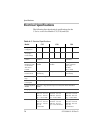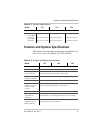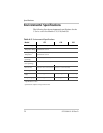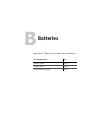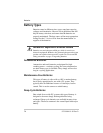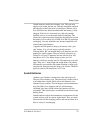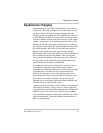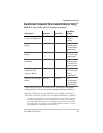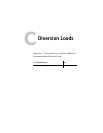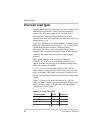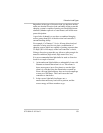
Equalization Charging
975-0004-01-02 Rev D 77
Equalization Charging
Approximately every month, some batteries may need to be
“equalized.” Since the individual cells of the battery are not
identical, some cells may not be fully charged when the
charging process is completed. If the batteries have been left
in a discharged condition for long periods of time, the plates
will have sulfates on them from the electrolyte. If the sulfate
remains on the plates for an extended period of time, it will
harden and seal off a percentage of the plate area, reducing
the capacity of the battery. By equalizing the batteries before
the sulfate hardens, the sulfate is removed from the plates.
Batteries with liquid electrolyte may become stratified.
Stratification concentrates the sulfuric acid into the bottom of
the cell while the top becomes diluted. This corrodes the
lower portion of the plates, reducing battery life. Mixing of
the electrolyte by the formation of gas bubbles during the
equalization process reduces stratification.
Two methods can be used to determine if a battery needs to
be equalized. If possible, measure the voltage of each
individual cell while the battery is at rest (not being charged
or discharged). A variation of 0.05 volts between cells
indicates an imbalance exists. If the battery construction
prevents measurement of the individual cell voltages, use a
hydrometer. A variation of 0.020 in the specific gravity
between cells is considered significant. Both conditions can
be corrected by an equalization charge.
A proper equalization charge will not damage a vented, liquid
electrolyte type battery. It may, however, cause significant
electrolyte usage and require that the battery be refilled with
distilled water to the correct level. This may be a problem
with unattended systems in remote areas which do not receive
regular maintenance. Consult the battery manufacturer for
their recommendations.




